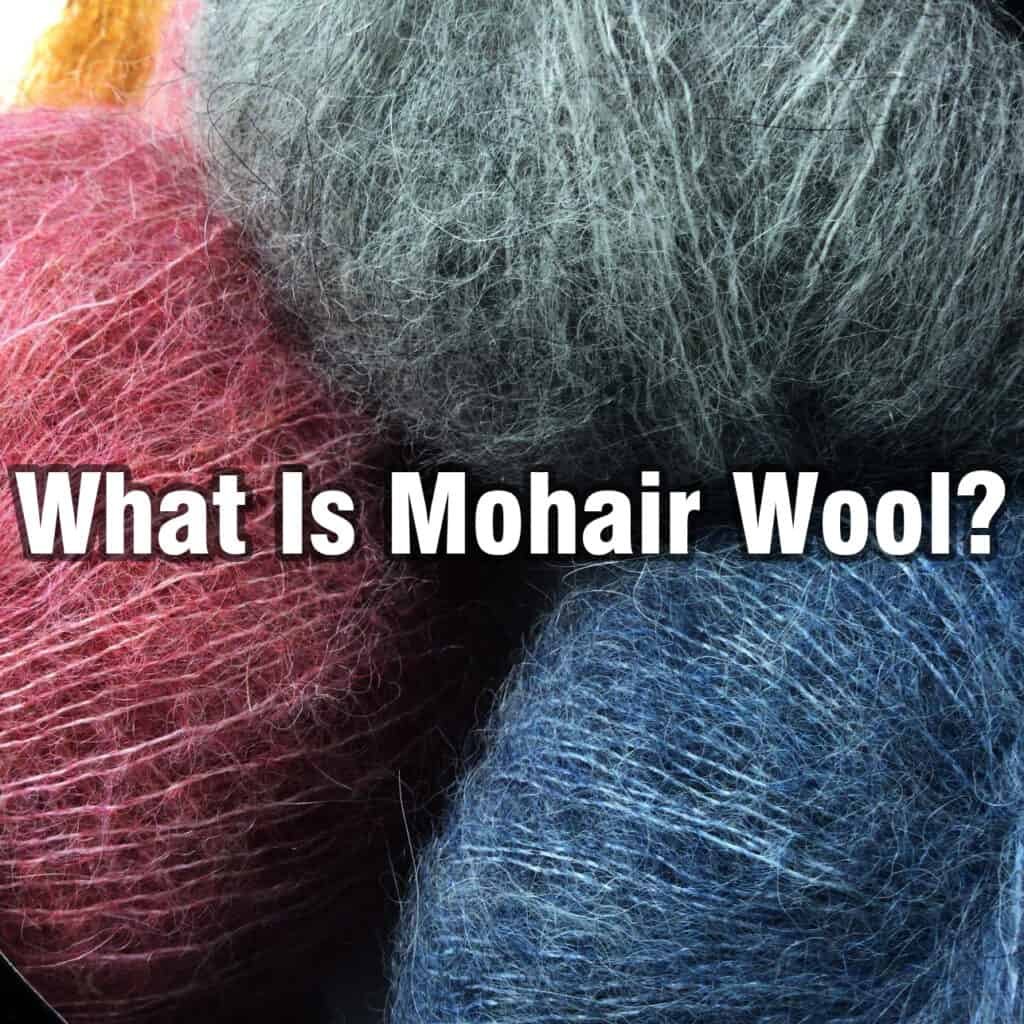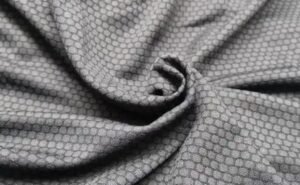
Mohair wool is a type of fiber that comes from the Angora goat. It is prized for its softness, luster, and durability. Mohair is a long, smooth fiber that can be spun into a wide range of yarn weights and textures, making it a versatile material for a variety of applications, including clothing, accessories, and home textiles. Mohair is also known for its insulating properties, making it a popular choice for winter garments and blankets. However, mohair production can raise ethical concerns due to the treatment of the animals and the environmental impact of the industry.
How Is Mohair Wool Made?
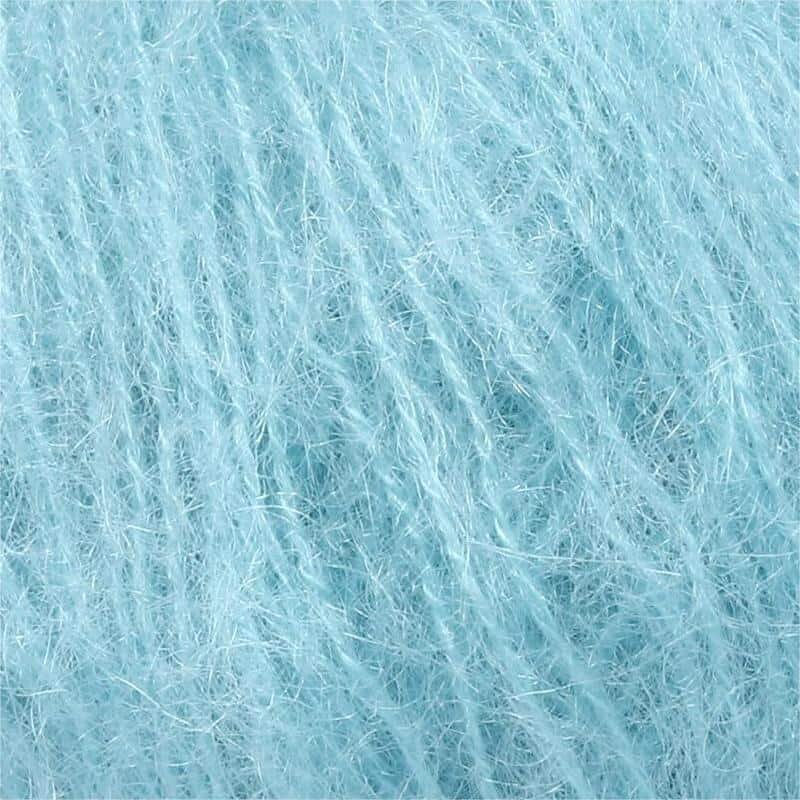
Mohair wool is made by shearing the Angora goat, which is a breed of domesticated goats that are raised specifically for their long, soft hair. The hair is then cleaned and combed to remove any dirt, tangles, and shorter fibers. This process results in a long, continuous fiber that can be spun into yarn.
To spin mohair into yarn, the fiber is usually blended with other types of wool, such as merino or silk, to create a softer, more resilient yarn. The blended fibers are then carded, or combed, to align the fibers in a parallel direction, which helps to make the yarn stronger. The carded fiber is then spun into yarn using a spinning wheel or machine.
Once the yarn is made, it can be dyed or left in its natural color, and then woven or knitted into clothing, accessories, and other products. The finished product is soft, strong, and resistant to pilling, making it a popular choice for high-quality clothing and textiles.
What Is The Difference Between Mohair And Wool?
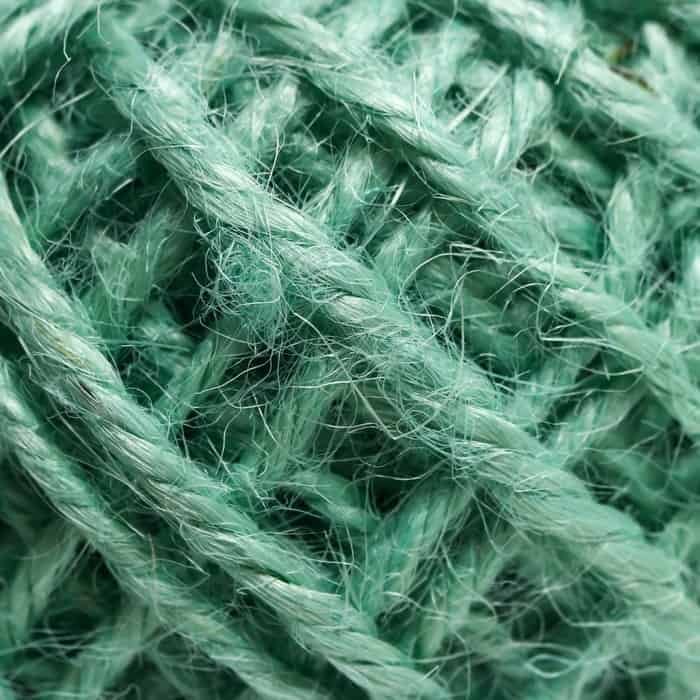
Mohair and wool are both types of animal fibers, but they come from different animals and have distinct characteristics.
Wool is a soft, elastic fiber that is produced by sheep, and it is commonly used for clothing, blankets, and other textiles. It is known for its warmth, durability, and resistance to wrinkling. Wool can be spun into a wide range of textures and weights, making it versatile for different types of products.
Mohair, on the other hand, is a long, smooth fiber that comes from the Angora goat. It is prized for its softness, luster, and durability, and it is commonly used for clothing, accessories, and home textiles. Mohair has a unique texture and sheen that sets it apart from other animal fibers, and it is known for its insulating properties, making it a popular choice for winter garments and blankets.
In terms of care, wool is generally easier to care for and can be machine washed, while mohair is more delicate and may require dry cleaning. Both fibers are highly durable and long-lasting, but mohair is more prone to pilling, or the formation of small balls of fiber on the surface of the fabric.
In summary, while wool and mohair are both animal fibers, they have distinct characteristics and uses, and each has its own unique benefits and drawbacks.
What Different Types Of Mohair Wool Are There?
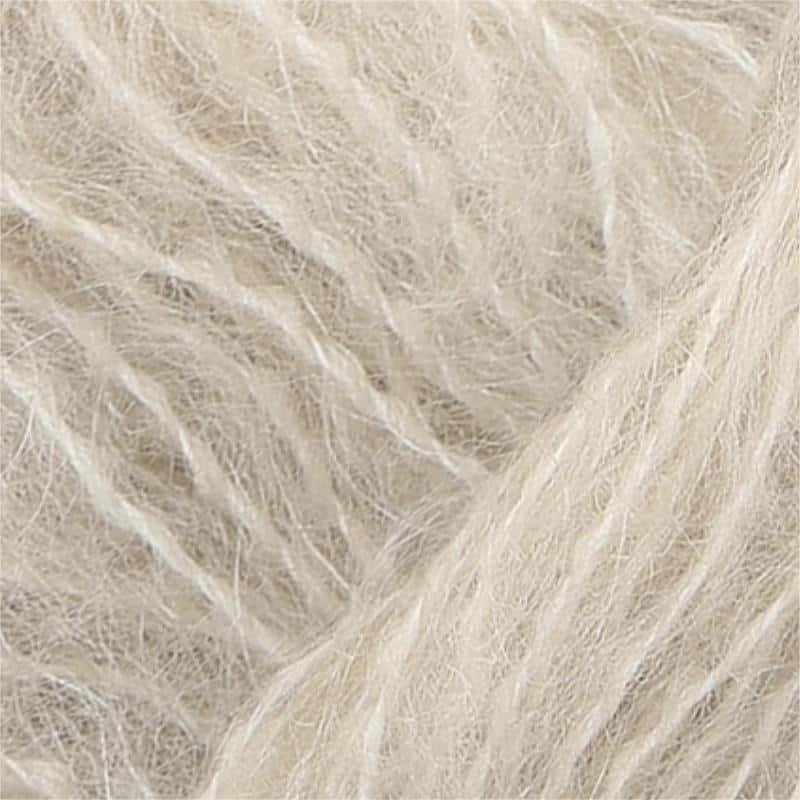
There are several different types of mohair wool, which can be differentiated based on factors such as fiber quality, texture, and use. Some of the most common types of mohair wool include:
- Kid Mohair: This is the finest and softest type of mohair, obtained from the first shearing of young Angora goats. It is often used for delicate, high-end clothing and accessories.
- Adult Mohair: This type of mohair is obtained from older Angora goats and is coarser and less fine than kid mohair. It is often used for heavy-duty clothing and upholstery fabrics.
- Blended Mohair: This type of mohair is made by blending mohair with other fibers, such as wool, silk, or synthetic fibers, to create a softer and more versatile material. Blended mohair is often used for clothing, accessories, and home textiles.
- Boucle Mohair: This type of mohair has a looped texture and is often used for decorative accents, such as trims and embellishments.
- Boucle Yarn: This type of mohair is made from a combination of mohair and another fiber, such as wool or silk, that is spun into a boucle, or looped, texture. It is often used for clothing, accessories, and home textiles.
- Chenille Mohair: This type of mohair is made by twisting several fibers together to create a thick, soft, and plush texture. It is often used for upholstery, curtains, and bedding.
Each type of mohair wool has its own unique properties, making it well suited for specific applications. Choosing the right type of mohair wool depends on the intended use, as well as personal preferences and budget.
What Are The Advantages And Disadvantages Of Mohair?

Advantages of Mohair:
- Softness: Mohair is one of the softest animal fibers, making it a popular choice for clothing, blankets, and other textiles that come into direct contact with the skin.
- Luster: Mohair has a natural luster that gives it a unique sheen, making it a popular choice for high-end clothing and accessories.
- Durability: Mohair is a strong and durable fiber that is resistant to wear and tear, making it a long-lasting choice for clothing and home textiles.
- Insulating Properties: Mohair is a good insulator, making it a popular choice for winter clothing and blankets.
- Versatility: Mohair can be spun into a wide range of yarn weights and textures, making it a versatile material for a variety of applications.
Disadvantages of Mohair:
- Price: Mohair is one of the more expensive animal fibers, making it a less accessible option for some consumers.
- Pilling: Mohair is prone to pilling, or the formation of small balls of fiber on the surface of the fabric. This can make the fabric look older and less attractive over time.
- Care: Mohair is a delicate fiber that requires special care, and it may need to be dry cleaned to maintain its quality.
- Environmental Impact: The production of mohair can have negative environmental impacts, such as deforestation and the use of pesticides, herbicides, and other harmful chemicals.
- Ethical Concerns: There are also ethical concerns surrounding the treatment of the Angora goats that provide the fiber for mohair production, with some animal welfare organizations raising concerns about the animals’ living conditions and shearing practices.
Overall, mohair has several advantages, including its softness, luster, durability, and insulating properties. However, it also has some disadvantages, including its high price, tendency to pill, and special care requirements. Additionally, there are environmental and ethical concerns associated with mohair production that consumers may want to consider before making a purchase.

